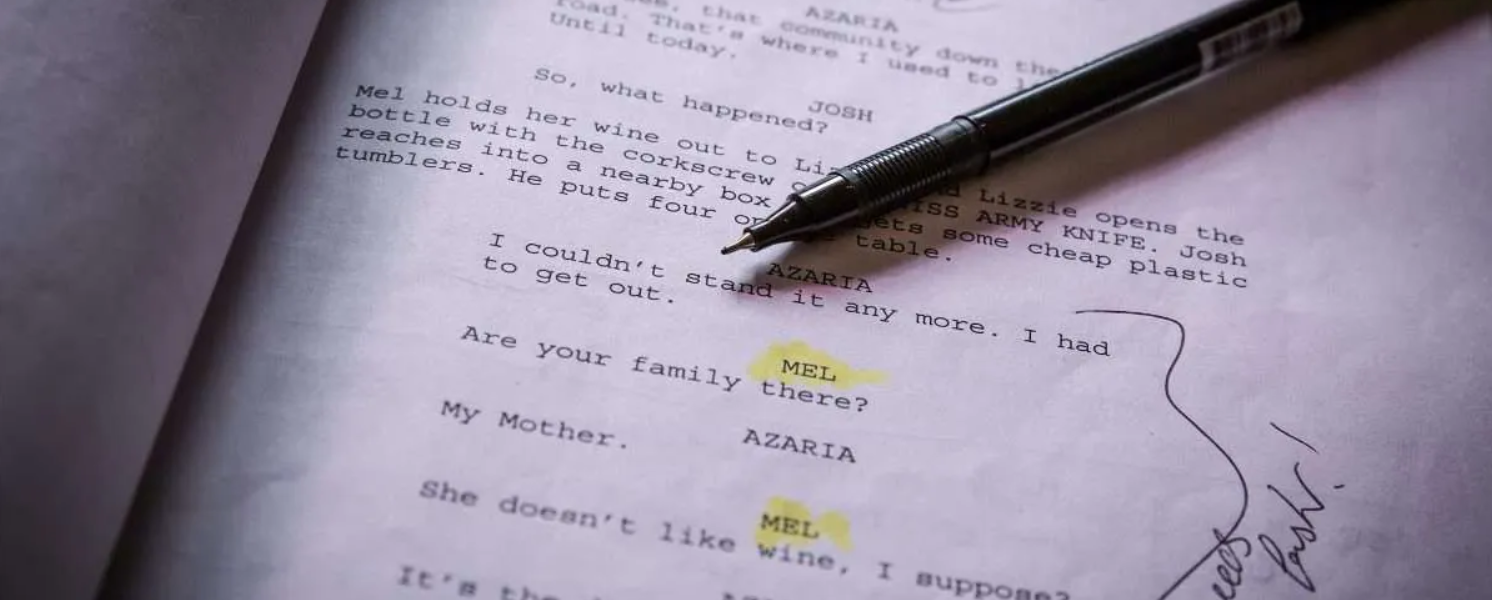A well-crafted movie script is the backbone of any cinematic masterpiece. It’s the blueprint that brings characters, dialogue, and scenes to life on the silver screen. In this article, we delve into the intricate world of movie writing, providing tips and insights on how to create a script that captivates audiences and lays the foundation for a successful film.
The Role of a Movie Writer: Creating Compelling Scripts
- Conceptualizing Story Ideas: Movie writers are responsible for generating original story concepts, drawing inspiration from various sources, and developing them into engaging narratives.
- Character Development: They breathe life into characters, providing them with distinct personalities, motivations, and arcs that drive the plot forward.
- Plot Structuring: Movie writers carefully structure the narrative, outlining the key events, conflicts, and resolutions that form the backbone of the story.
- Dialogue Crafting: They write authentic and impactful dialogue that not only advances the plot but also reveals character traits and emotions.
- Visual Storytelling: Movie writers employ vivid descriptions and visual cues within the script to guide the director, cinematographer, and other crew members in bringing scenes to life.
- Collaborative Filmmaking: Collaboration is key. Movie writers work closely with directors, producers, and other members of the creative team to refine the script and ensure its alignment with the overall vision of the film.
Steps in Script Creation: From Concept to Screen
- Idea Generation: The process begins with brainstorming and generating creative ideas that have the potential to captivate an audience.
- Outline and Structure: The writer outlines the major plot points, character arcs, and key events, establishing a clear roadmap for the narrative.
- Character Development: Characters are given depth, personality traits, and unique backgrounds that influence their actions and decisions throughout the story.
- Writing the Script: Using proper screenplay format, the writer translates the story into a script, including scene descriptions, dialogue, and essential instructions for the production team.
- Revisions and Feedback: The script undergoes multiple revisions, often involving feedback from producers, directors, and other collaborators.
- Storyboarding: In collaboration with the director and storyboard artists, the writer may contribute to visualizing key scenes through storyboards.
Crafting Engaging Dialogue
- Authenticity is Key: Dialogue should sound natural and reflect the unique voices of the characters.
- Subtext and Conflict: Effective dialogue often contains layers of meaning, revealing hidden emotions, motives, and conflicts.
- Economy of Words: Every word counts. Movie writers aim for concise, impactful dialogue that advances the plot or develops characters.
- Voice and Tone: The tone of dialogue should align with the genre and overall atmosphere of the film.
The Impact of a Movie Writer on Filmmaking
- Setting the Foundation: A well-crafted script provides the blueprint for the entire production process, influencing every aspect of filmmaking.
- Creating Emotional Connections: Engaging storytelling and well-developed characters are instrumental in eliciting emotional responses from the audience.
- Guiding Visual Elements: The script serves as a guide for the director, cinematographer, and production designers, informing decisions related to camera angles, set design, and more.
- Ensuring Narrative Consistency: Movie writers play a crucial role in maintaining the coherence and consistency of the narrative, ensuring that it resonates with the audience.










